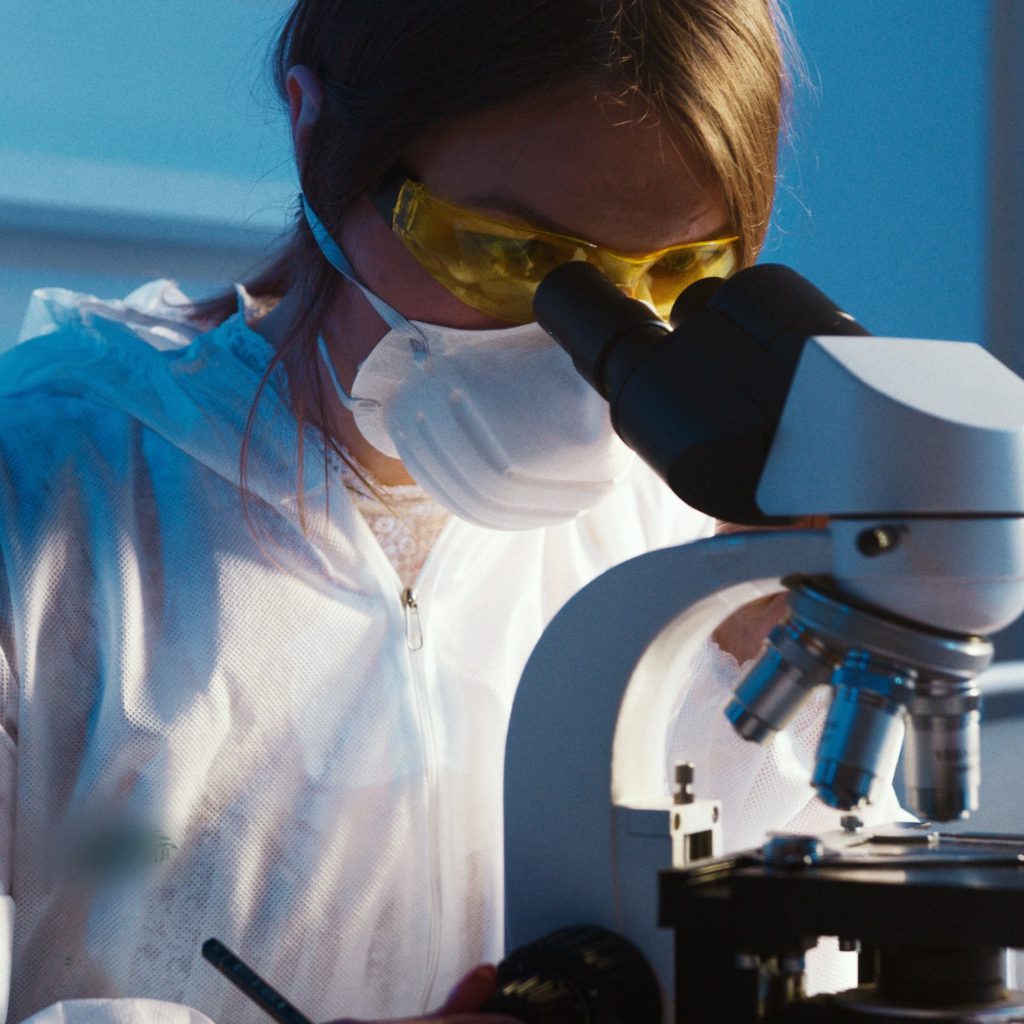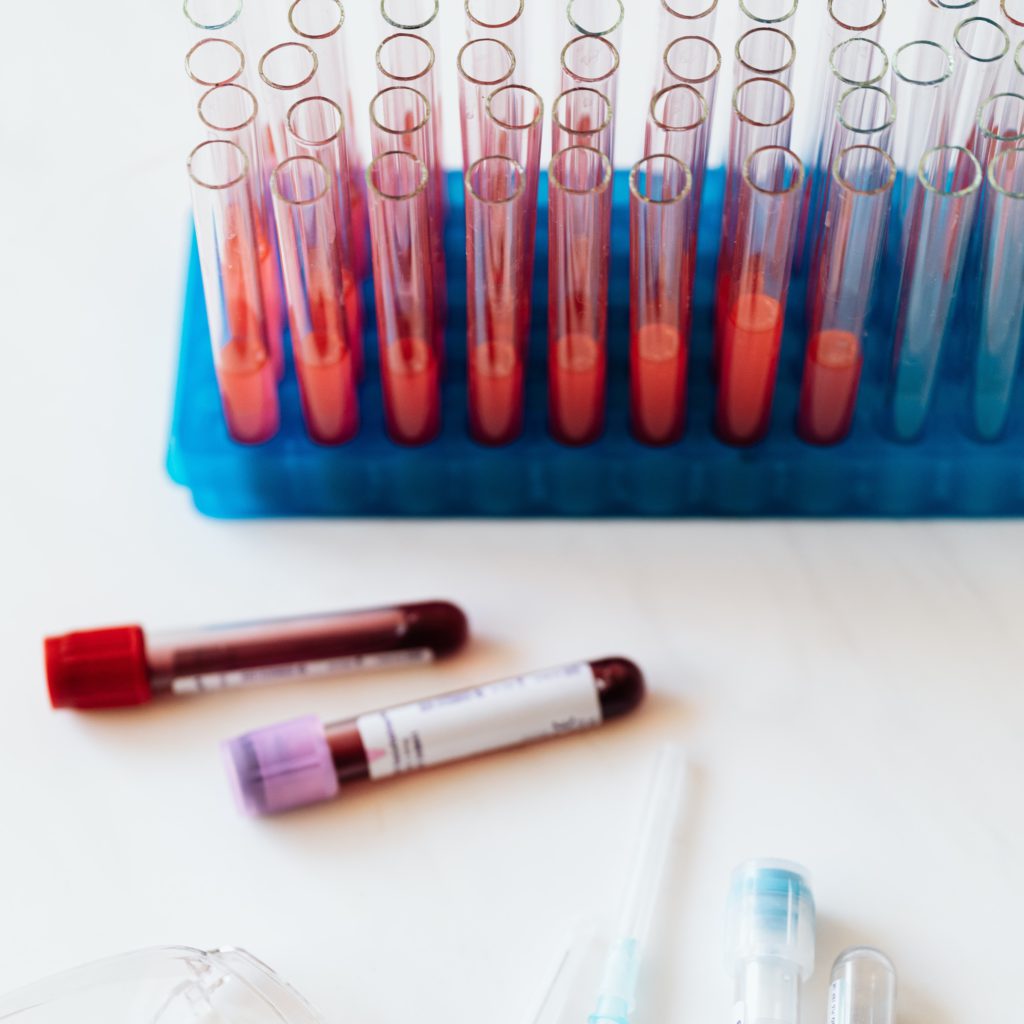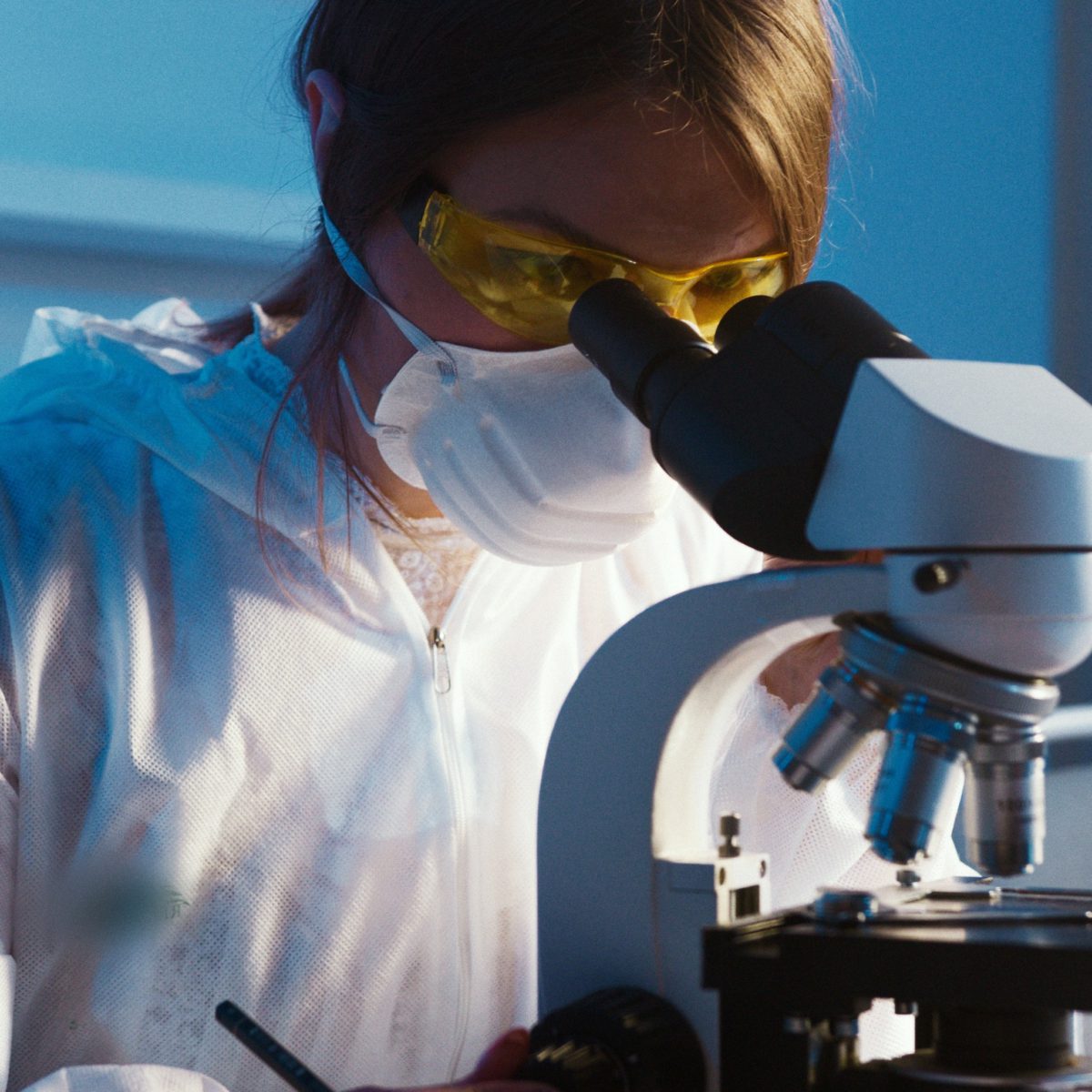Polycythemia Vera Diagnosis & Treatment

Polycythemia vera is a complex disease to diagnose as it often does not present any symptoms. Many cases of PV are caught during a routine physical or blood work. After that, a multitude of tests are run to verify the diagnosis.
This article looks at the tests doctors run to diagnose a patient with polycythemia vera. In addition, we go into a wide variety of treatment plans that doctors use to treat PV, along with some things you can do in your day-to-day life to help manage symptoms.
How is Polycythemia Vera Diagnosed?
Several different tests are used to diagnose polycythemia vera. While the disease is typically initially found during a routine blood best, several other factors and tests play a role in diagnosing PV, including:
- Complete Blood Count
- Physical exam
- Blood Smear
- Erythropoietin level
- Bone marrow aspiration or biopsy
- Gene testing
Doctors rely on multiple tests and a physical exam to diagnose an individual with polycythemia vera. In this section, we look at how each test plays a role in diagnosing polycythemia vera.
Learn more about PV including the difference between primary PV and secondary PV by checking out our polycythemia overview page.
Complete Blood Count
The complete blood count (CBC) test is run as part of the bloodwork done during an annual physical. The CBC test for:
- Hemoglobin – an iron-rich protein that helps red blood cells carry oxygen from the lungs to the rest of the body.
- Hematocrit – The space red blood cells take up in your body
- Number of red blood cells, white blood cells, and platelets in your body
High hemoglobin, hematocrit, red blood cells, white blood cells, and/or platelets may be a sign of PV. However, high levels of any of these readings can also signify other conditions or even an infection. Therefore, the CBC is more a sign that there might be something wrong rather than a diagnosis of PV itself.
Physical Exam
Doctors look for physical signs of PV when completing an annual physical exam. Some physical exhibitors of PV include:
- Enlarged spleen
- Red skin on the face
- Excessive gum bleeding
Again, these physical indicators can be signs of other issues. For example, you might just need to floss more frequently if you have bleeding gums!
Blood Smear
A blood smear test further investigates atypical CBC test results. The blood smear test can show if you have an elevated red blood cell count or if there are abnormal blood cells linked to PV or myelofibrosis.
Erythropoietin Levels
If you’ve read our article on polycythemia vera symptoms and causes, you’ll remember that erythropoietin is a protein that prompts your bone marrow to produce blood cells. However, most patients with PV have a gene mutation that causes their bodies to produce red blood cells even in the absence of erythropoietin.
Doctors will measure the erythropoietin levels in a patient they suspect may have PV. Those with primary polycythemia vera typically have low erythropoietin levels, while those with secondary PV often have normal or elevated levels of erythropoietin.
Bone Marrow Tests
There are two different types of bone marrow tests that a doctor may perform if they suspect you may have PV:
- Aspiration – Taking a sample of the liquid part of your bone marrow
- Biopsy – Taking a sample of the solid, spongy part of your bone marrow
Both tests involve removing a small portion of bone marrow via a needle. The doctor then examines the samples under a microscope
Gene Testing
Most patients diagnosed with polycythemia vera have a mutation of the JAK2 gene. Your doctor may test for this mutation by sending a blood or bone marrow sample for genetic testing.
Criteria for Diagnosing Polycythemia Vera
In 2016, the World Health Organization (WHO) listed three criteria to diagnose polycythemia vera:
- Blood test showing elevated red blood cell count measured by a high hemoglobin count, hematocrit levels, or high blood volume.
- Bone marrow biopsy showing an excess of blood cells in the bone marrow or excess of mature megakaryocytes.
- Molecular testing demonstrating the presence of the JAK2 gene mutation or blood tests showing low levels of erythropoietin.
To be diagnosed with polycythemia vera, a patient must meet all three criteria. As you may have noticed, the diagnostic tests previously mentioned are all aimed towards testing for the WHO’s criteria.

Learn more about the symptoms and causes of polycythemia vera to better understand how PV treatments target specific symptoms.
Polycythemia Vera Treatment
While there is currently no cure for polycythemia vera, several treatment plans help reduce the risk of complications and ease symptoms. According to Cleveland Clinic and Mayo Clinic, treatments for polycythemia vera include:
- Blood withdrawals (phlebotomy)
- Aspirin
- Treatments aimed at reducing chronic itching (pruritus)
- Drugs that reduce red blood cell count
- Bone marrow transplant
- Experimental treatments (clinical trials)
The medical team develop treatment plans based on the symptoms and risk level specific to the patient.
Age and medical history of thrombosis (blood clots) determine risk level. Patients are low-risk if they are younger than 60 and have no history of thrombosis. Conversely, patients 60 years or older and/or who have a history of thrombosis are high risk patients.
Blood Withdrawals for Patients with Polycythemia Vera
Patients with polycythemia vera are most commonly treated with blood withdrawals, also known as phlebotomy. The procedure is exactly like donating blood; a technician will insert a needle and withdraw small amounts of blood.
Blood withdrawals help reduce a patient’s overall blood volume and the number of excess blood cells. Each withdrawal is usually limited to a pint but can vary based on the severity of the disease.
“Now, what is phlebotomy? It’s a bloodletting. You put the needle in the vein, and you let the patients bleed for some time, not for too long, though. You collect a couple of bags and you decrease with that red blood cell count because the red blood cell count is the number one problem that leads to a blood clot.”
Dr. Srdan Verstovsek | Read more about emerging PV treatments
Aspirin for Patients with Polycythemia Vera
Depending on a patient’s risk for blood clots, a doctor may prescribe a low dose of aspirin daily. Aspirin can help prevent blood platelets from sticking together and reduce symptoms of inflammation that patients with PV sometimes experience.
Treatments Aimed at Reducing Chronic Itching (Pruritus)
Generally, three treatments help reduce itching in patients with polycythemia vera. These treatments include:
- Antihistamines – Over-the-counter allergy medications like Allegra, Zyrtec, Benadryl, etc.
- Phototherapy – A combination of UV light therapy and psoralen, a compound that makes your skin more receptive to the treatment.
- Selective serotonin reuptake inhibitors (SSRIs) – Typically treat depression but have been proven to treat chronic pruritus. Doctors will prescribe paroxetine or fluoxetine, depending on a patient’s reaction to the drug.
Drugs that Reduce Red Blood Cell Count
There are several drugs available that can help reduce red blood cell count. However, typically doctors will only prescribe these drugs if phlebotomy alone does not reduce the number of red blood cells in your body.
Drugs that reduce the number of red blood cells in the body include:
It’s essential to ask your doctor about how each drug’s side effects and do your research before starting a new medication.
“It [Ropegylated interferon alfa-2b (BESREMi)] was found to be better than hydroxyurea for controlling the disease, both in the short term. But particularly in the long term, controlling the counts, maybe decreasing the molecular burden of the disease, the decreasing the amount of that JAK2 mutation may help to decrease the likelihood of the disease progressing. “
Dr. Ruben Mesa | Learn more about BESREMi
Bone Marrow Transplant for Patients with Polycythemia Vera
In more severe cases, your doctor may suggest a bone marrow transplant. The severity of the disease and your body’s ability to recover are the main determining factors.
Clinical Trials for Patients with Polycythemia Vera
If you qualify for a clinical trial, your doctor may recommend you for the trial. However, you would still receive the same standard of care that a patient with PV gets in addition to whatever the clinical trial is testing.
For a current listing of enrolling clinical trials, visit the Mayo Clinic’s clinical trials page.
“Rusfertide, in this case, may come as a choice because it cuts the iron supply to the bone marrow…It stores it in the liver or spleen and other parts of the organ of the body of the patients—no iron for the making of red blood cells.”
Dr. Srdan Vertovsek | Read more about the latest PV research.
So that drug {rusfertide} is going to go into a larger Phase 3 trial to again compare against a standard…It’ll have an impact, not quite ready for prime time, but it will have an impact in the near future…”
Dr. Ruben Mesa | Read more about the potential impact of rusfertide
Lifestyle Remedies for Patients with Polycythemia Vera
In addition to doctor-prescribed treatments, there are several things that you can do to manage symptoms of polycythemia vera at home. Some common lifestyle improvements that help PV patients feel better include:
- Avoiding tobacco – Any form of tobacco use causes your blood vessels to narrow, increasing your risk of a blood clot.
- Cardio exercises – Walking or running regularly helps increase blood flow and decreases your risk for blood clots.
- Stretching exercises – Leg and ankle stretches are a great way to help improve blood flow.
- Avoid low-oxygen environments – Try to avoid visiting or exercising in places at high altitudes.
- Practice good skin care – Bathing in cool water and avoiding extreme temperatures is crucial if you’re experiencing the need to itch. It also helps to use lotion to keep your skin moist.
In general, living a healthy lifestyle is a great way to help your body fight polycythemia vera. Eating healthy and staying active is not always easy, but it’s essential to help yourself feel like your best self.



